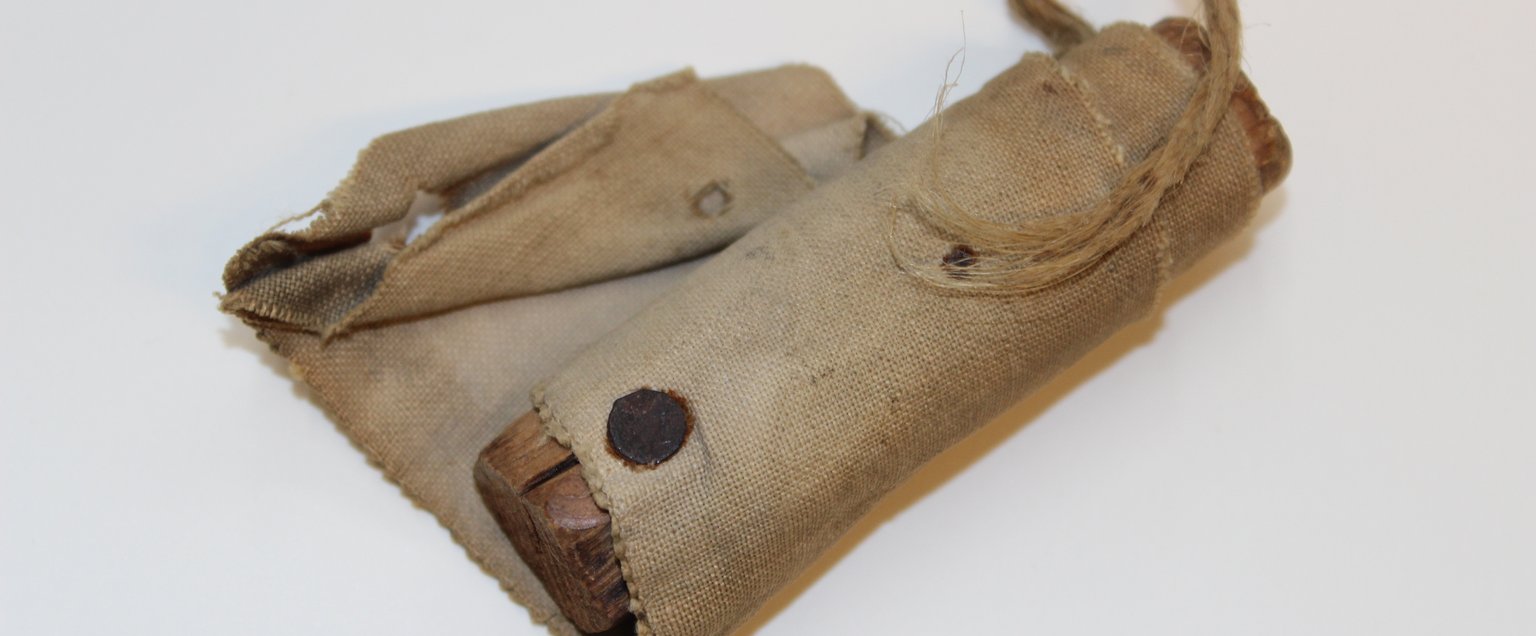Most items come from the collection of the Auschwitz Museum and the Yad Vashem Memorial Centre; others come from the Museum of Jewish Heritage’s own collection or from survivors and their families.
For the first time in North America
The exhibition shows the dual identity of the camp as a physical location - the largest documented site for mass murder in the history of humanity - and as a symbol of the manifestation of hatred and human barbarism. For the first time, more than 700 original objects and 400 photographs from the Auschwitz Museum are on display in North America, among them hundreds of personal objects such as suitcases, glasses, and shoes that belonged to Auschwitz survivors and victims. In addition to the personal belongings of both prisoners and guards, there are large objects on display, such as a goods carriage in which prisoners were put on transport.
Items from the Anne Frank House collection
The exhibition also contains items from the Anne Frank House collection, including a drawing that Anne Frank made at the Montessori school, a sheet of passport photographs of Margot Frank, the handle (see photo) used by the people in hiding and the helpers of the Secret Annex to open the revolving bookcase, and a programme for the play The Diary of Anne Frank, which premiered in New York in 1956.
Anne Frank and Auschwitz
Anne Frank did not survive the Holocaust, nor did six million other Jews. Anne and her sister Margot were deported from Auschwitz-Birkenau to Bergen-Belsen on 1 November 1944, where they died of typhus in February 1945. Anne's father Otto Frank did survive the camps and was liberated from Auschwitz on 27 January 1945. He published Anne's diary in 1947, was involved in the theatre performance The Diary of Anne Frank of 1956 and essential to the opening of the Anne Frank House in 1960.
